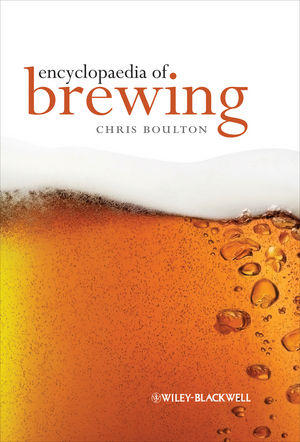Fully automated operations could be on the horizon
Operators must assess tasks as automation proliferates

Visits through beverage facilities, studies of distribution systems, acknowledgements of beverage marketplace changes and observations of work activity throughout the beverage supply chain are constant reminders of the detailed tasks involved in creating a massive array of packaged beverages for the consumer.
A detailed review of production/packaging line workstations and tasks that exist throughout the beverage arena, confirms several facts:
- Multi-tasking in some form has been a good manufacturing practice for many years
- Innovative improvements have been experienced by most producers
- The manual/machine tasks that exist in defining workstations are important elements in determining who or what performs a specific task
This means the topics of workstations and tasks are significant issues as packaging line technology advances and total automation becomes highly possible and practical.
From an engineering viewpoint, production/packaging line designs traditionally focus on functional pieces of equipment that create a workstation and could require specific manual tasks to be performed by a trained operator. The number of tasks might depend on whether the machine is automatic or semi-automatic and further establishes the need to define manual and machine tasks.
To exemplify the point, the critical workstation in most beverage packaging lines — the filler — is used as an example. Does a filler operator operate the filler? The operator is responsible for starting and stopping the machine, but the machine operates only when activated, therefore, how many fillers can an operator attend to in a safe, efficient and productive way? It also raises an important difference — does an operator actually operate the machine or is the operator an attendant with limited manual tasks as required?
In the can filler scenario, the operator usually is responsible for feeding can lids into a can seamer, a manual task immediately adjacent to the workstation position. This is a common practice that has been used for many years and probably was the basis for developing current semi- or fully-automatic workstations.
For example, the filling workstation might be considered too critical for a multi-tasking application; nevertheless, as a workstation it becomes a critical issue because the number of tasks one operator or attendant can perform could be limited. This further raises the issue of multi-tasking applicability and/or practicality.
Considering all other workstations on the production/packaging line, the manual and machine tasks might be more definitive and conducive to the idea of multi-tasking. Depending on such factors as package size and configuration, line speeds, machinery layout and the actual tasks involved, the operator might be able to perform more than one manual task or attend to more than one machine task at that workstation. Thus, the multi-tasking concept asks how many workers are required at each workstation.
From an operations perspective, staffing a production line is a top priority and should always be considered in the actual design phase and should emphasize the importance of the workstation/multi-tasking issue, proper task establishment and related staffing requirements. These steps are important because it might be difficult to establish initiatives for productivity, efficiency and performance improvement or progressive steps toward automation and cost reduction if workstation tasks haven’t been developed and thoroughly evaluated.
When line staffing hasn’t been determined in the design phase, it is crucial to study current operating conditions, which could result in redefining workstations, realigning tasks and even changing line configurations dictated by products, packaging changes, line speeds or even compliance regulations for all packaging lines in a production facility.
Operationally, other aspects in the workstation rationale also should be considered from the initial design stage to the final installation:
- Container type used for the product — cans, bottles (glass/plastic)
- Container package — (basket, wrap, multi-pack) — tray or case
- Container labeling
- Shrink film
In each workstation scenario, manual tasks are being performed. These examples are prime areas where multi-tasking can effectively be employed.
Remember, from processing materials to packaged product delivery, beverages are created because of manual and machine tasks performed at numerous workstations usually with the aid of a functional machine. This might be Production 101; however, in reality, the review and analysis of the beverage supply chain emphasizes the task/workstation’s rationales — especially when designing a production or packaging line.
It is prudent to recognize the purposes for focusing on the workstation/task rationale. Packaging lines account for the largest portion of the beverage supply chain, without them no supply chain exists. Soon enough, beverage producers likely will be confronted with potentially fully automated production/packaging lines, which will further change the workplace dynamic. BI
Looking for a reprint of this article?
From high-res PDFs to custom plaques, order your copy today!







